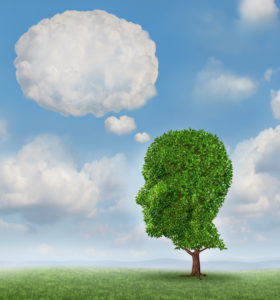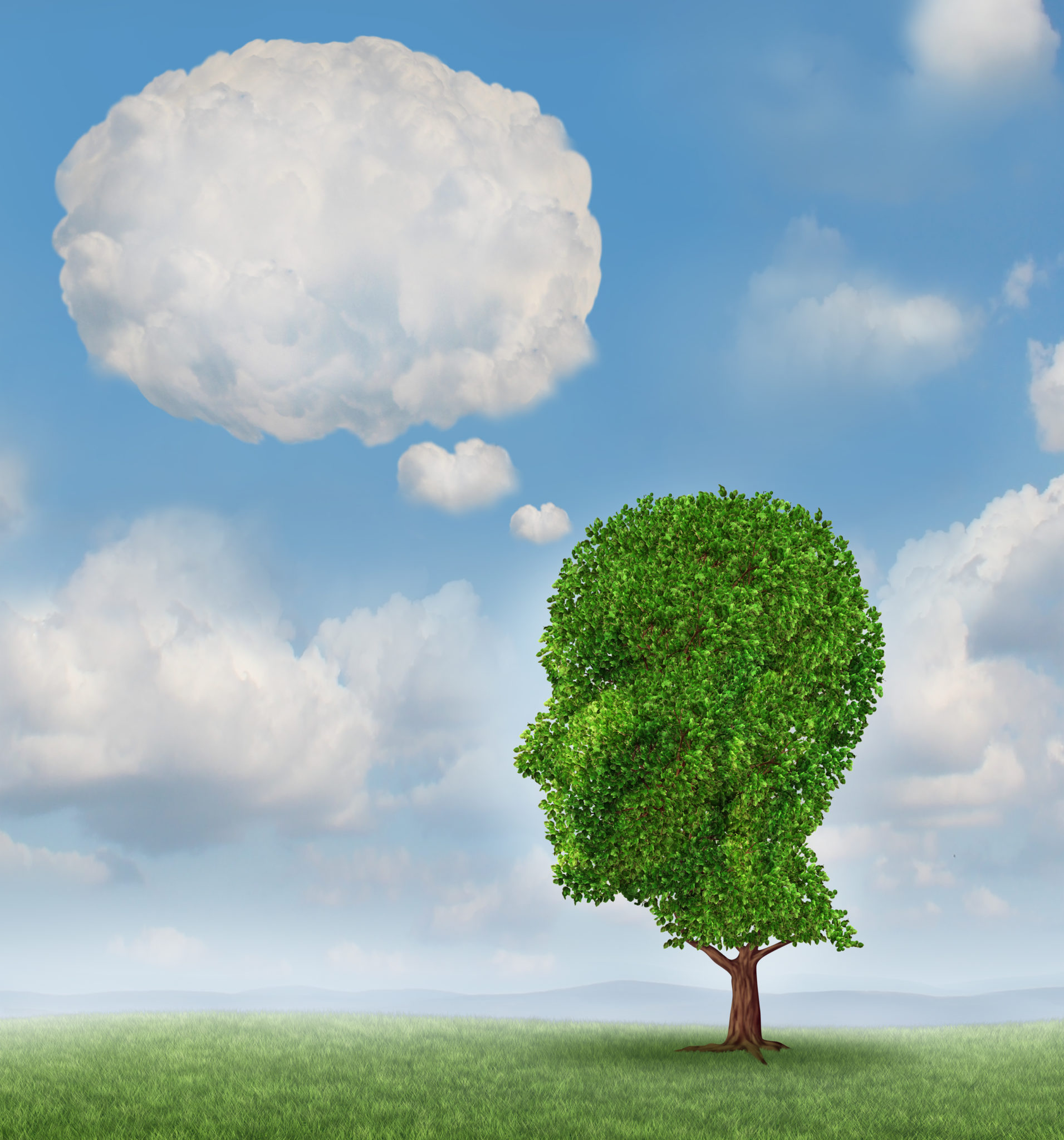Zen and the Art of Non-thinking
Writer / Dave Schroerlucke
Photography Provided
“He’s unconscious!” “She’s playing out of her mind!” These are phrases that you often hear when an athlete has entered the elusive “zone” of optimal performance, where execution seems almost effortless.

“You’re overthinking it!” “Get out of your head!” These words are likely to be uttered by coaches when an athlete is in a slump and searching for ways to recover their lost confidence.
The idea that excessive thinking disrupts performance is old news to teachers of eastern martial-arts disciplines such as archery and swordsmanship, who for centuries have been alerting students to the interfering nature of the ego and evaluative mind.
This article examines the Japanese concept of mushin, a state of non-thinking that undergirds the practice of traditional martial arts, and considers how athletes and performers might learn to reliably cultivate such states while performing in high-stakes environments.
Mushin and Flow
“A single thought changes the path of the arrow.”
-Zen Proverb
The eastern martial arts tend to be closely associated with the spiritual traditions out of which they originated. The practice of the Japanese martial arts such as archery, swordsmanship and aikido, for example, share a deep connection with Zen Buddhist philosophy.
The Zen concept of mushin (“no-mind-ness”), along with the nearly synonymous munen (“no-thought-ness”), is used by instructors of these martial arts to emphasize the importance of removing mental interference during combat or competition. Sometimes translated as “unintentional,” mushin refers to a state of consciousness that is free of intellectual deliberations or emotional disturbances of any kind.
In western psychology, the well-researched concept of “flow” is basically equivalent to mushin. When elite athletes and performers are asked to describe flow states, more commonly referred to as “being in the zone,” their descriptions inevitably include many of the defining features of mushin including merger of action and awareness, altered perception of space and time, loss of self-consciousness, and sense of effortless mastery.
The extent of the overlap between these two concepts suggests that flow might have been a thinly veiled rebranding of mushin for a Western audience. Mihály Csíkszentmihályi, the positive psychologist who coined the term “flow,” made no secret of the fact that he is not the originator of the idea, nor of its applications, readily acknowledging that “in the east, techniques for achieving [flow] proliferated and achieved levels of enormous sophistication.”
East Meets West
“How can you think and hit at the same time?”
-Yogi Berra
Mushin and other Zen concepts first made their way into western discourse through the efforts of early teachers of Zen philosophy, most notably D.T. Suzuki, who took up residence and began teaching on the U.S. west coast in the first half of the 20th century.
In “Zen Mind, Beginner’s Mind,” Suzuki explains that in order to perform optimally, conscious effort “must be given up so that it will not interfere with the fluidity of mentation and the lightning rapidity of action. The man must turn himself into a puppet in the hands of the unconscious.”
The application of Zen ideas to sport followed closely behind. In “Zen in the Art of Archery,” Eugen Herrigel described his six-year course of training with a Japanese master of archery who “insisted upon the development of an ‘un-self-conscious’ drawing of the bow and releasing of the arrow.”
Herrigel’s book was to have a substantial impact on Western sports psychology, spawning a seemingly unending parade of “Zen and the Art of…” instructional manuals (this article included) as well as a host of other popular books in which Zen philosophy is applied to competitive sports.
The “Zen Master”
In one such book, “Sacred Hoops,” legendary NBA basketball coach Phil Jackson explains how he made use of Zen principles in creating a culture that helped his teams win an unprecedented 11 world championships.
Jackson, affectionately referred to in popular media as the Zen master, expressed the concept of mushin in his own words: “The secret is not thinking. That doesn’t mean being stupid; it means quieting the endless jabbering of thoughts so that your body can do instinctively what it has been trained to do without the mind getting in the way.”
Jackson is careful to point out that not thinking is not the same as not being engaged. On
the contrary, by not being pulled away from the present moment by past regrets and future expectations, the athlete can become completely immersed in the action, to the extent that she is prepared to react spontaneously and intuitively to whatever the moment requires.
The clarity and fluidity of mind described by Jackson is equivalent to mushin, because only the absence of evaluative thinking allows such total absorption in the present moment.
Meditation and Mindfulness
In Zen practice, the state of mushin is cultivated primarily through meditation. In fact, the word Zen originally derives from the Sanskrit word dhyana, which translates approximately as “absorption” or “meditative state.” Thus, a good starting point for athletes hoping to foster such a state is to establish a regular meditation practice.
By learning to become a detached observer or witness of the continual arising and passing away of thoughts, athletes can develop the capacity to allow the frenzied parade of thoughts to pass freely through consciousness, neither identifying with them nor trying to suppress them.
Ideally, through mindfulness practice (our name for meditation in the west) one can train the mind to enter a state of mushin both prior to and during competition, so that the inevitable arising of thoughts does not serve as an impediment to performance.
Practical Considerations
I get it. Meditation can be a bit of a tough sell these days.
In our age of technological hyper-connectedness, there are many sources of potential distraction constantly beckoning for our attention. Between binge watching the latest season of “Game of Thrones” and monitoring all seven of your social media accounts, who has time to sit on a pillow and not think?
My sales strategy: Let someone else give the sales pitch. A good place to start is a popular book on the subject (perhaps the audio version). By now there are books applying Zen and mindfulness to just about everything under the sun. There are at least a dozen for golf alone. Just do a quick web search for your chosen craft and Zen/mindfulness. You can hardly miss.
Another, perhaps better strategy is to make use of hero power (aka the “Be Like Mike” strategy). Find a superstar within the would-be meditator’s chosen sport or performing art who attests to the power of meditation or mindfulness. As we all know from the world of advertisement, the endorsement of cultural heroes is of inestimable value when trying to convince people to try something new.
In addition to outsourcing sales, you can also outsource training. With the number of meditation apps for your smartphone or tablet growing daily, learning meditation is now easier than ever. Insight Timer is a great free app that has all the functionality you need to start a daily practice.
My personal favorites are Waking Up (by Sam Harris) and 10% Happier (by Dan Harris, no relation). These are paid apps, but they offer far more in the way of instruction and guidance for the beginner. Headspace is another popular meditation app, geared toward the hipster crowd, with both free and premium paid versions.
Concluding Thoughts
As I explained in my article “Why We Choke,” there are multiple conflicting explanations for what causes people to choke under pressure. One point of agreement among the explanations, however, is that choking is ultimately the result of too much thinking. The antidote to the problem of excessive thinking is, of course, less thinking.
If you can learn to get yourself into the state of mushin, where you become so completely immersed in the task at hand that you are not really thinking at all, then you will have the best chance of executing what you have trained yourself to be able to do unconsciously through countless hours of practice and repetition.
Unfortunately, not thinking is not as easy as it sounds. It takes deliberate practice – specifically mindfulness practice (which is the socially accepted way of talking about meditation in the west), and a lot of it. So find yourself an app and a good cushion, and get on it.
With you in the pursuit,
Dr. Dave






Comments 2